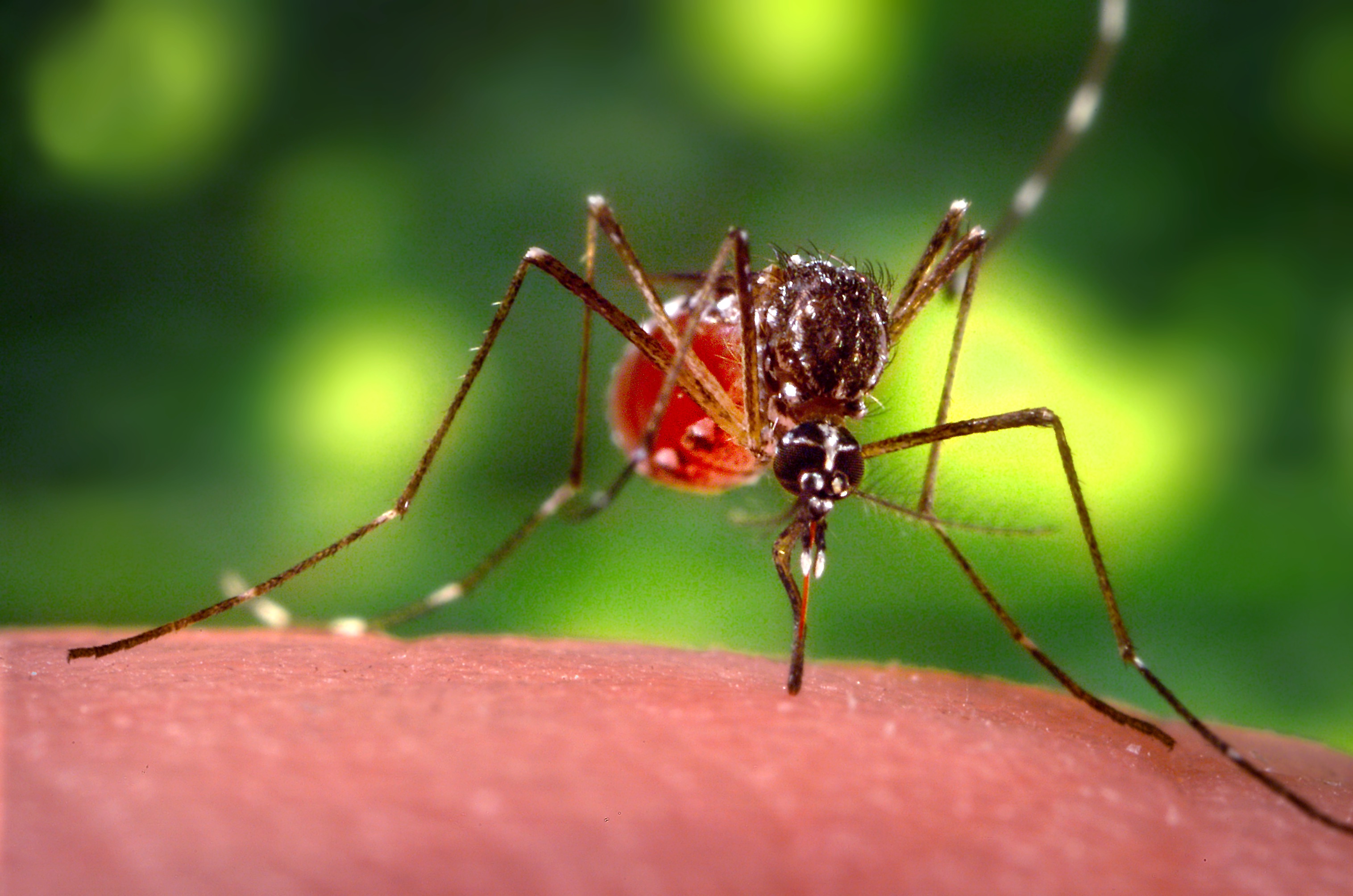Microcephaly Could Affect More Than 2,500 Infants in Brazil

More than 2,500 babies could be diagnosed with microcephaly in Brazil if current trends within the Zika-affected country continue, the World Health Organization (WHO) told reporters today at a news conference in Geneva.
To fight Zika, a vaccine against the virus and measures to control mosquitoes will be crucial, WHO officials said. This is because more than half of the world's population lives in areas inhabited by Aedes aegypti, which is one of the mosquitoes that carry the virus.
"In less than a year, the status of Zika has changed from a mild medical curiosity to a disease with severe public health implications," Dr. Margaret Chan, WHO director-general, told journalists.
So far, about 39 percent of all infants suspected of having microcephaly in Brazil wound up being confirmed to have the condition, WHO health officials said. Doctors have made these diagnoses — a total of 863 confirmed cases — by analyzing a computer tomography (CT) scan of the infants' brains. [Zika Virus News: Complete Coverage of the 2016 Outbreak]
Right now, there are about 4,300 more infants in the northeastern part of Brazil who are suspected of having microcephaly, doctors said. If this 40 percent confirmation rate continues, more than 2,500 of those babies could be diagnosed with the condition in the coming months, they said.
This number is far above the norm. Typically, an average of 163 infants with microcephaly have been born yearly in northeastern Brazil, WHO officials said.
Just 1 in 5 people infected with the Zika virus experiences symptoms, including rash, fever and muscle pain. However, infants born to women who become infected with the virus while pregnant may have an increased risk of congenital birth defects, including microcephaly.
Sign up for the Live Science daily newsletter now
Get the world’s most fascinating discoveries delivered straight to your inbox.
The virus is now circulating in 38 countries and territories, Chan said. Although the virus's first "explosive wave" may occur before a vaccine is ready, scientists are already hard at work, she said.
"At present, more than 30 companies are working on, or have developed, potential new diagnostic tests," Chan said. "For vaccines, 23 projects are being worked on by 14 vaccine developers in the United States, France, Brazil, India and Austria."
However, because the vaccine will be used to protect pregnant women and other women of childbearing age, "it must meet an extremely high standard of safety," she said. [The 9 Deadliest Viruses on Earth]
Despite the urgency of the situation, the WHO is struggling to receive funding to fight Zika. The organization requested $25 million; so far, it has received $3 million from various countries and is in active discussions to receive another $4 million, Chan said.
The United States is in a similar quandary. President Barack Obama has asked Congress to provide $1.8 billion to fight Zika, but that money has not been approved yet, largely because some members of Congress have asked that money allocated to fighting Ebola be reassigned to Zika.
This funding shortage is frustrating to some in the research community. "This is a nonpartisan issue," Dr. William Schaffner, a professor of preventive medicine and infectious diseases at Vanderbilt University Medical Center in Nashville, Tennessee, told Live Science in a previous interview. "This is the public's health."
Follow Laura Geggel on Twitter @LauraGeggel. Follow Live Science @livescience, Facebook & Google+. Original article on Live Science.

Laura is the archaeology and Life's Little Mysteries editor at Live Science. She also reports on general science, including paleontology. Her work has appeared in The New York Times, Scholastic, Popular Science and Spectrum, a site on autism research. She has won multiple awards from the Society of Professional Journalists and the Washington Newspaper Publishers Association for her reporting at a weekly newspaper near Seattle. Laura holds a bachelor's degree in English literature and psychology from Washington University in St. Louis and a master's degree in science writing from NYU.
Measles has long-term health consequences for kids. Vaccines can prevent all of them.
100% fatal brain disease strikes 3 people in Oregon










